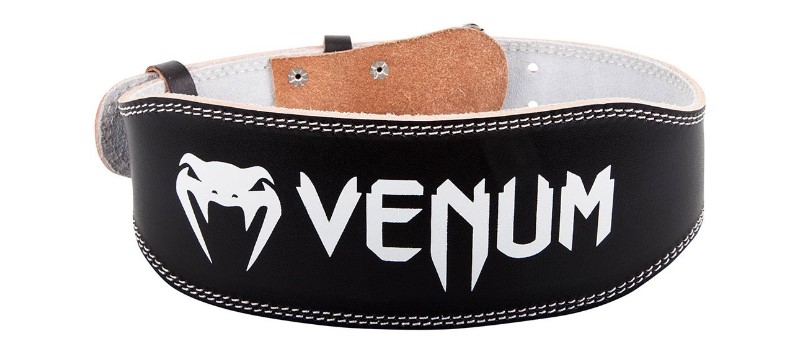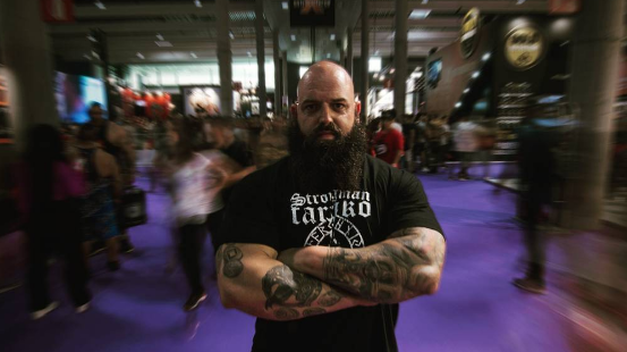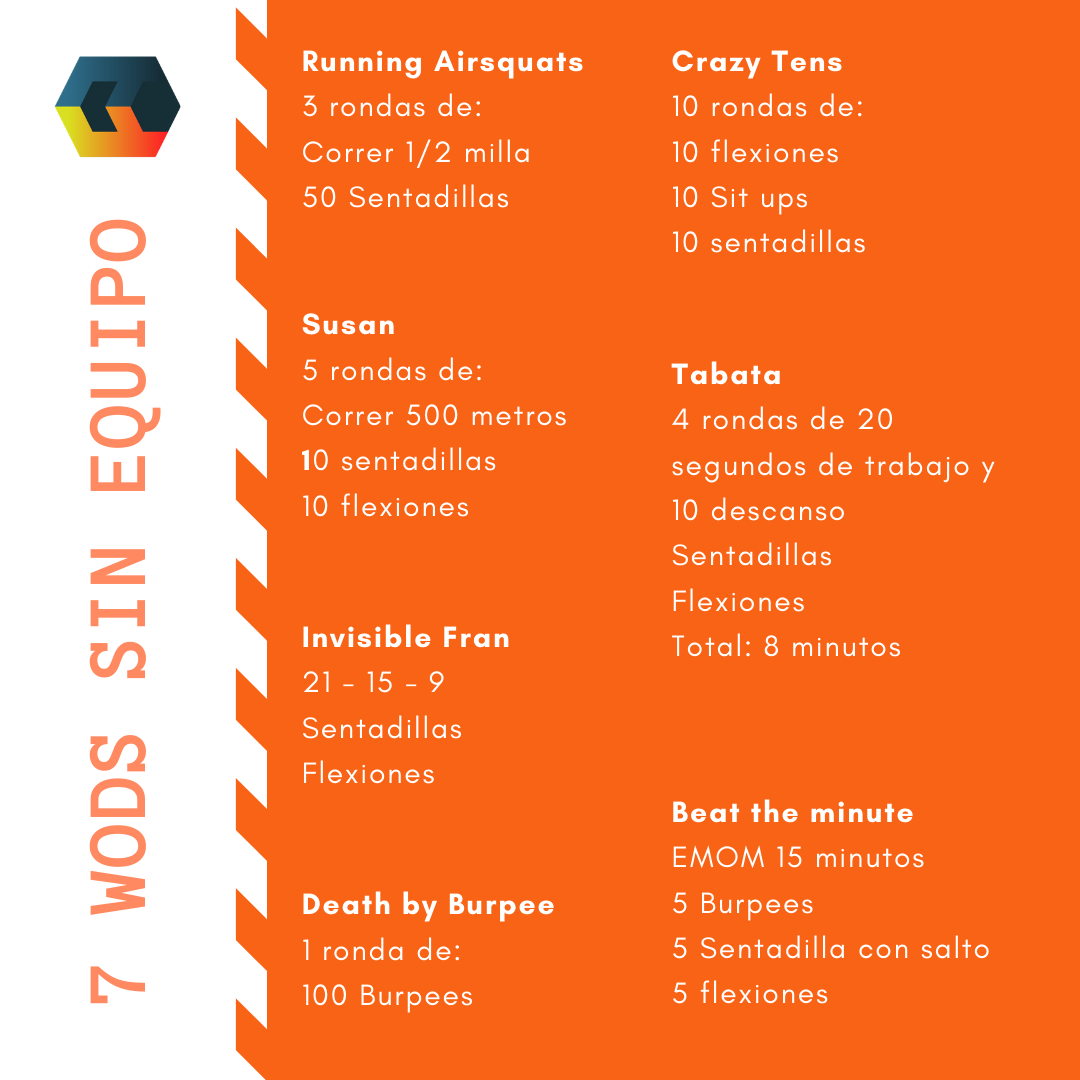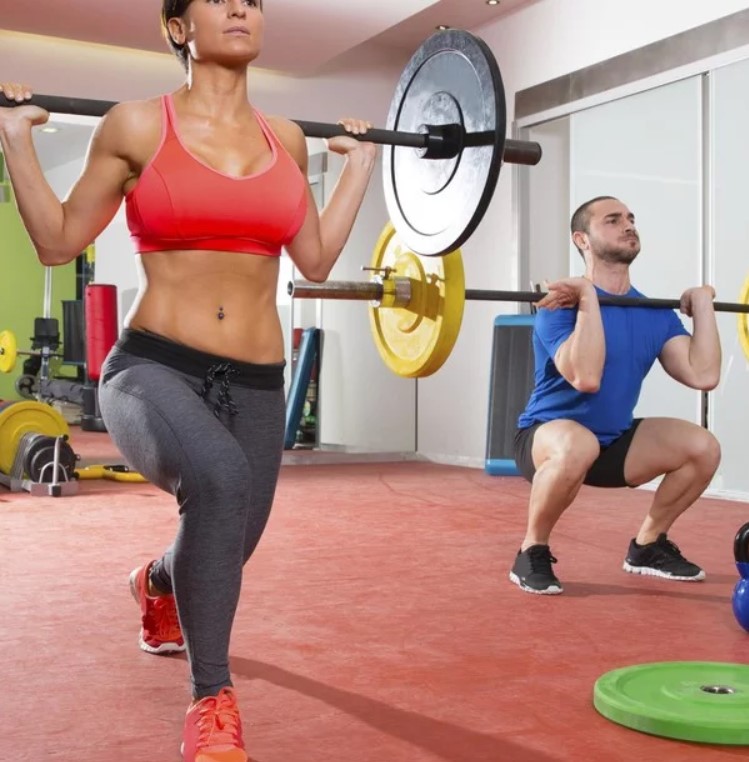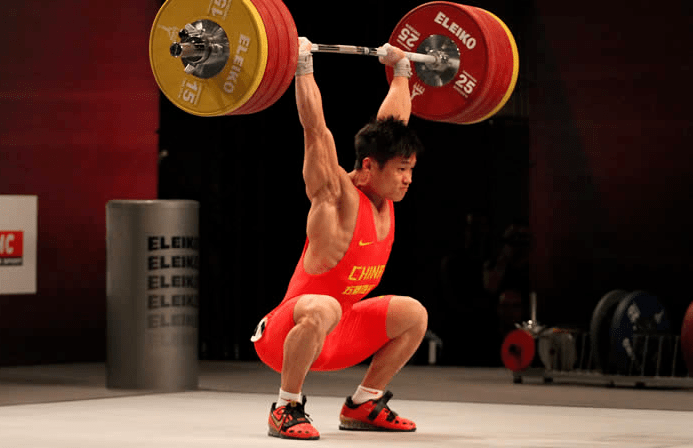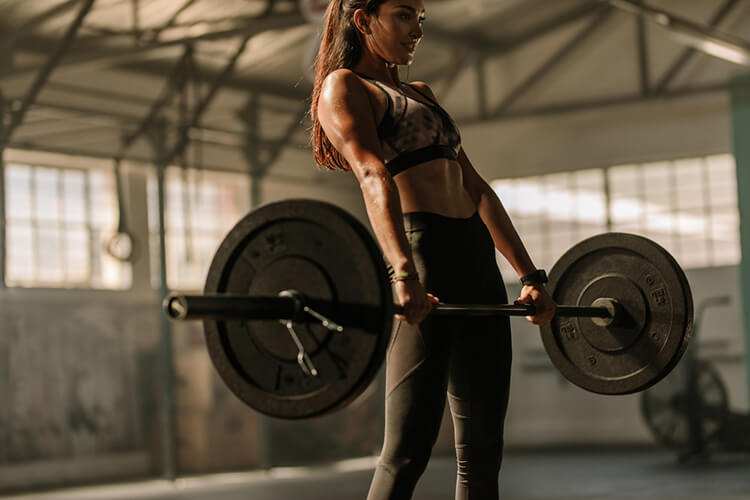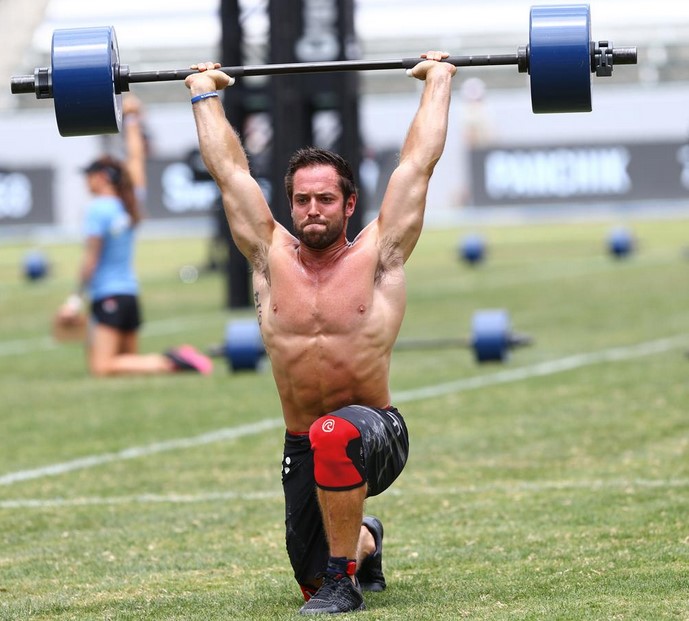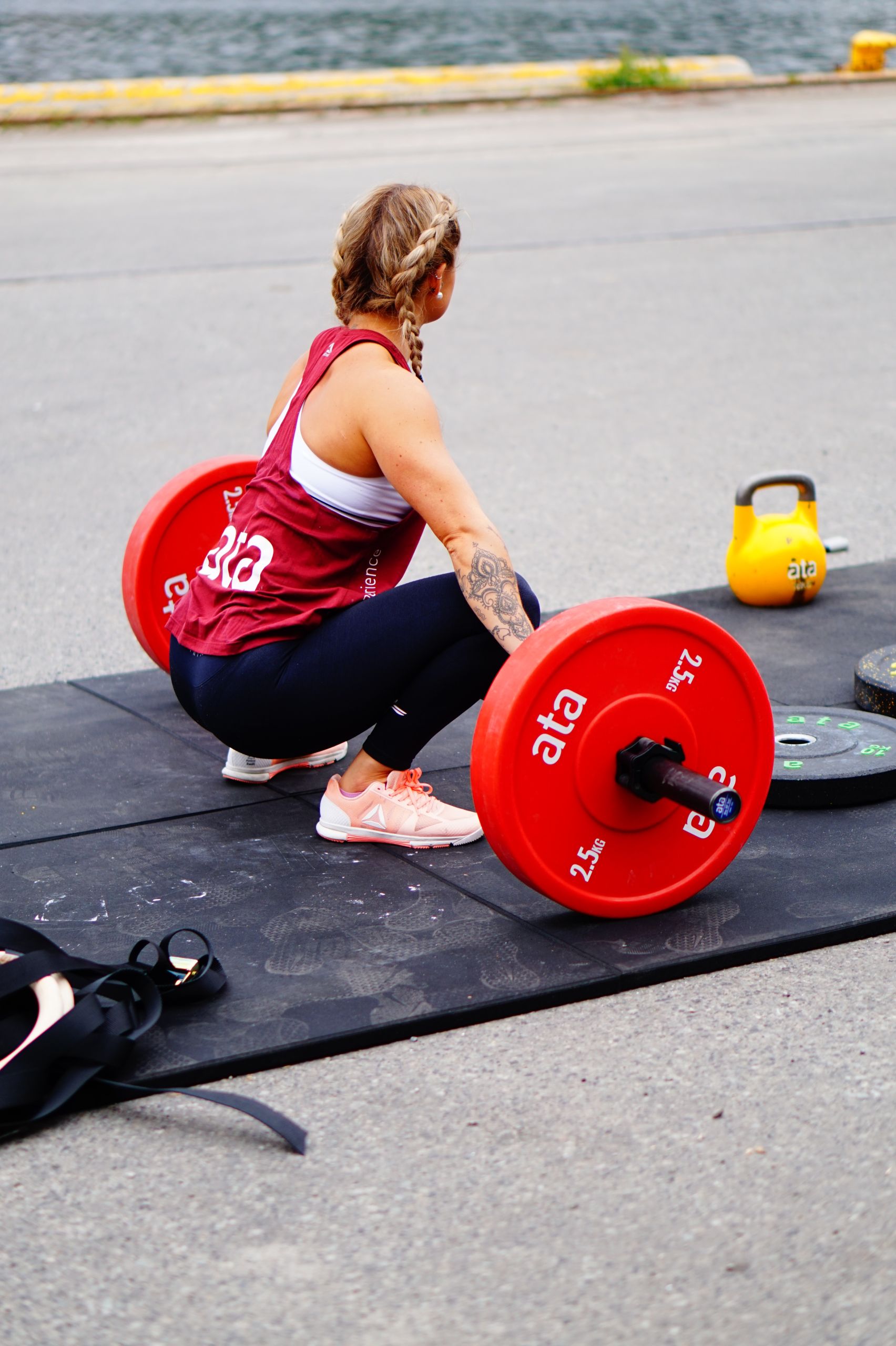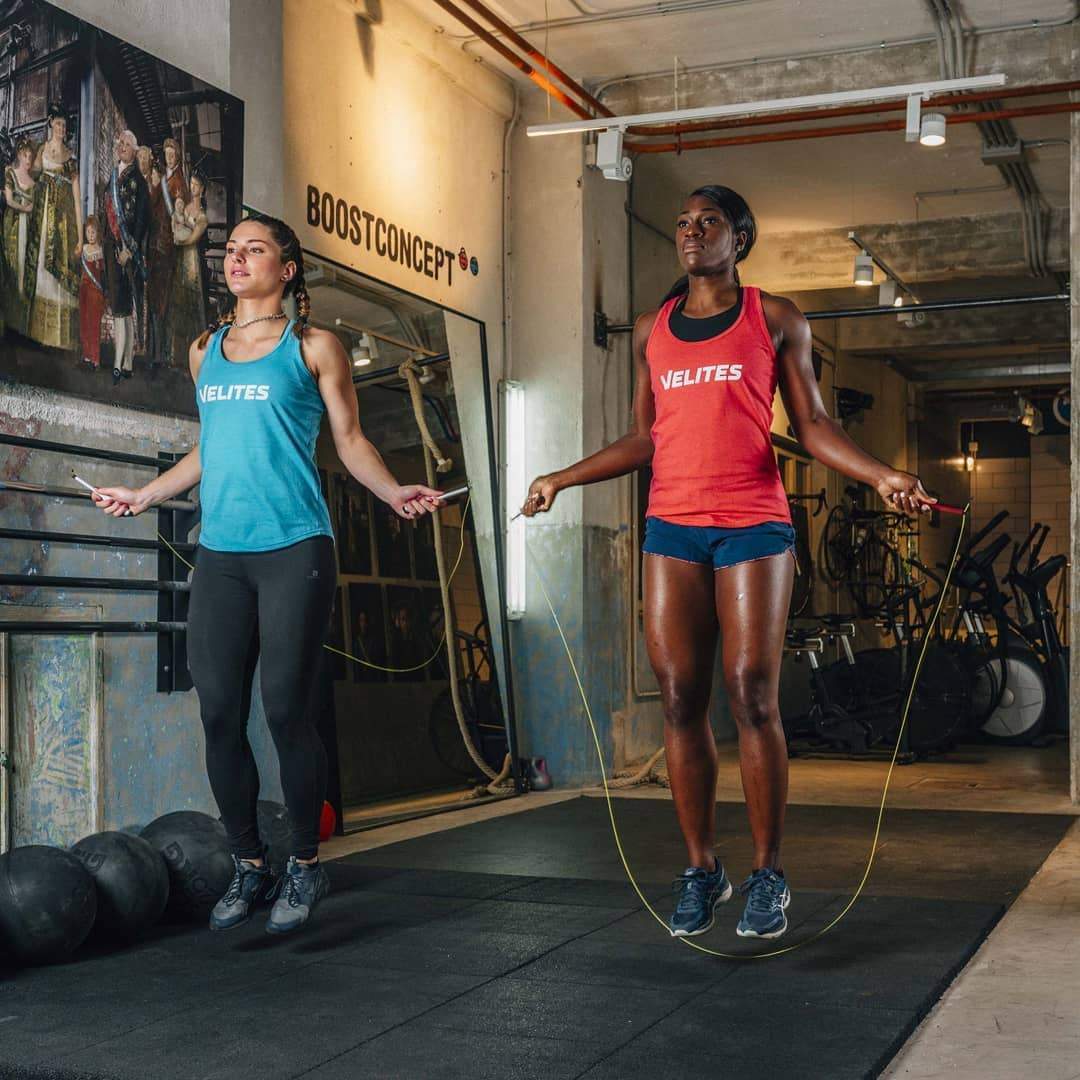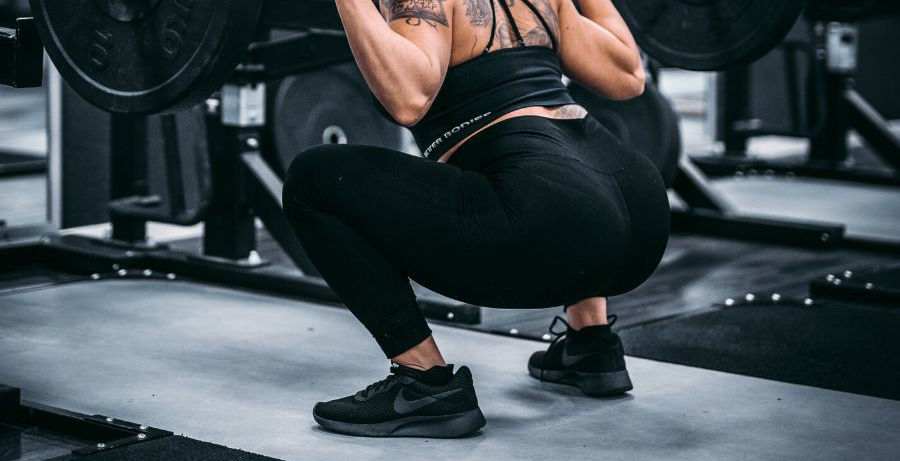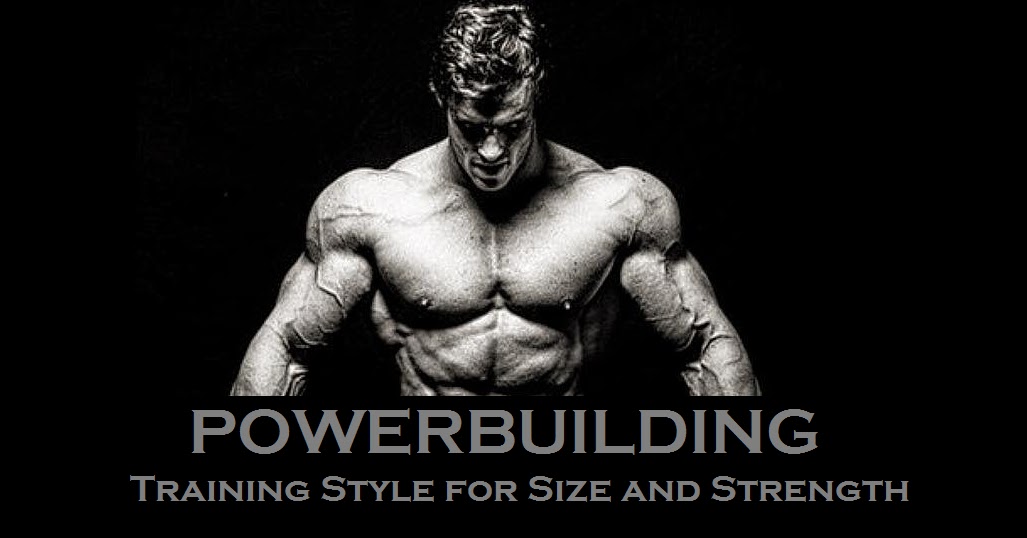How to choose a powerlifting belt
A powerlifting belt is one of those products that any strength athlete should have. But of course, there are many powerlifting belts on the market and with very different characteristics, so it can be difficult to know which type of powerlifting belt is best for you. Don’t worry, in this article you will know what a lifting belt is for, the best material, measurements, how to use it and ultimately everything you need to know if you want to acquire a quality powerlifting belt that fulfills its function.
What is a powerlifting belt for?
A quality powerlifting belt supports your spine making it more stable under heavy loads. This is achieved by the pressure of the belt with your abdominal muscles, leaving everything as a block. That is why belts that are wider in the back than in the abdomen are not recommended, since where they have to press is on your abdomen.
When to use a powerlifting belt?
There are typically two streams of powerlifting belt users. On the one hand are the athletes who do not squat without their belt because the belt offers them more stability and on the other are those who avoid using the belt as much as possible because according to them the abdomen works more without using a belt.
So where is the middle ground? Well, according to a study by Life College in the United States, they studied 5 athletes to perform series of their 8RM with and without a powerlifting belt and they reached some interesting conclusions. First it is important to note that the athletes moved an average of 125.5kg for 8 repetitions, so we can say that they were advanced athletes.
The main difference between the sets with and without a belt was that the intra-abdominal pressure was reduced between 25 and 40% in the sets with a powerlifting belt, which translates into less stress on our lower back. They also noted some differences in the work on the hamstrings and quadriceps, higher in the series with a belt.
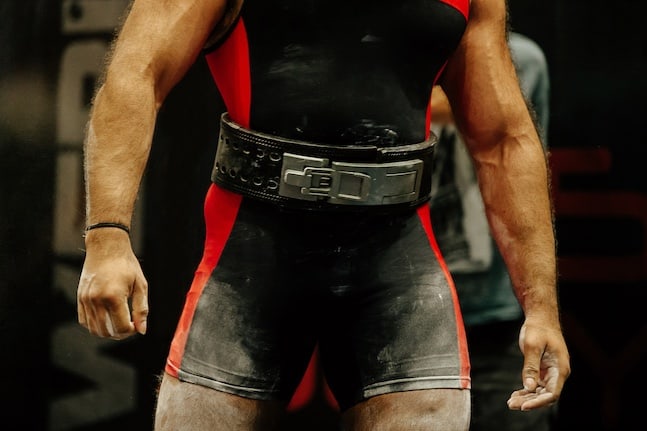
The conclusion we reached with this study is that it is very useful to protect the lumbar region in the heaviest series, but abusing the powerlifting belt in all your series can unbalance our lumbar muscles and generate dependence on the belt to work. For this reason, we recommend using the belt when we go to work with series of 3 or fewer repetitions, since that is when our lower back can be compromised and injure us.
Characteristics of the best powerlifting belts
Measurements: the most important width is that of the abdominal area and not that of the lumbar area, which is why, although it does not affect too much if it is wider in the lumbar area, it does not contribute anything special. For most athletes, a width of 10 centimeters is comfortable so that it fits perfectly between the kidneys and the hip bone. However, there may be cases of very small athletes, particularly women, who may do better with a small belt.
On the other hand is the thickness of the belt. The most common sizes are 10 and 13mm, and we recommend using the 13mm ones as they are more durable and robust. In this case, 13mm is the maximum thickness allowed in most powerlifting federations.
Material: Most belts on the market are made of leather or suede. This is quite simple, leather is stronger and more durable, so the best powerlifting belt is going to be made of leather and not some other material.
Closure: There are three types of closure on powerlifting belts: single-prong closure, double-prong closure, and toggle.
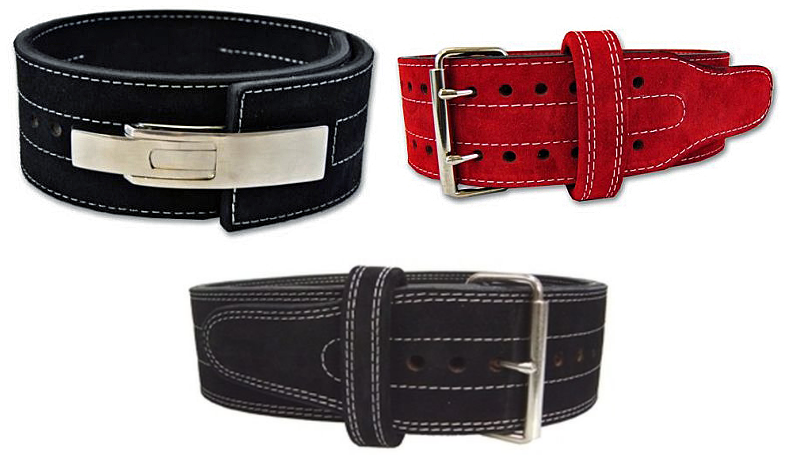
Although a double prong closure may seem more secure a priori, taking into account the materials used and the pressure to which the closure is subjected, one prong is exactly as secure and does not have the disadvantage of having to fit a second. tooth which is quite a cumbersome step.
On the other hand, some higher-end seat belts have a lever system that makes it even easier to fasten the seat belt. Therefore, depending on how much we want to spend, a belt with a simple tooth or lever closure are the best options.
How to wear a powerlifting or weightlifting belt.
Now that you know how to choose the best powerlifting belt, you also have to know how to put it on so that it is not useless or even damages your performance.
There is a very interesting trick to know where to put your seat belt, for this follow the following steps:
– Put on your seatbelt and fasten it just enough so that it stays stable. Don’t overtighten it.
– now get into a squat position and lower down to a full squat. The belt will move to where it is most useful to you.
– If we are going to do deadlifts, we recommend raising the belt slightly with respect to the squat position.
Here we can see Niels Gordjin deadlifting 420kg with a perfectly fitted belt.
Some recommendations
Adidas Leather Weightlifting Belt:
This belt is a good option for novice lifters because of its low price and high-quality material. The downside is that it is only 10mm thick so for more advanced lifters it may be a bit short.

Everlast 4 Padded Weight Lift Belt
With a similar price to the previous model, this powerlifting belt has the advantage of being 13mm thick, but the disadvantage of having a double tooth system which makes it difficult to fasten. Likewise, if you are concerned about quality and durability, this model is hard to beat for value for money.
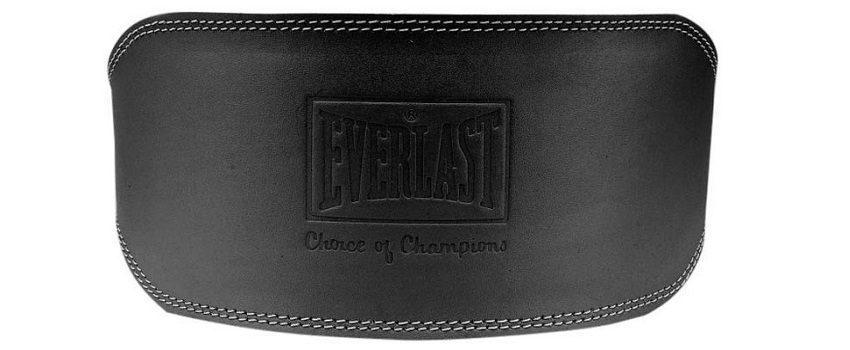
Venum Hyperlift Leather Weightifting
This belt stands out for the high quality of the leather used and for the lumbar padding that provides extra comfort. It’s a great option for intermediate lifters who also don’t want to spend a million dollars on their powerlifting belt.
